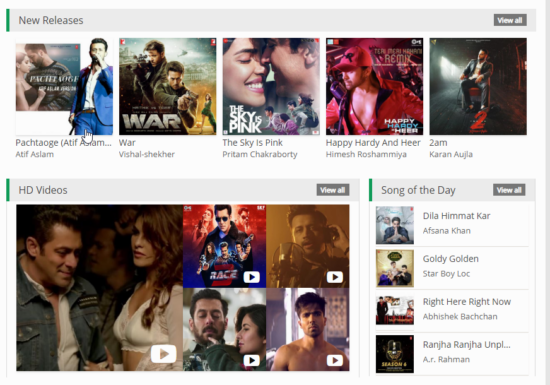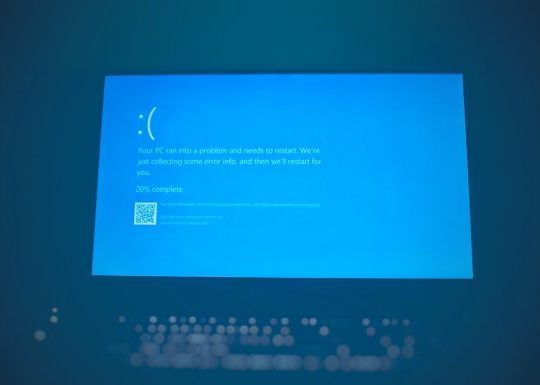In the ever-evolving landscape of digital collaboration tools, trust in well-known platforms is often taken for granted. One such platform, Slack, has earned its status as an essential workplace messenger. But even trusted tools can leave users frustrated — especially when platform changes are made quietly. A recent and troubling experience illustrates how Slack silently downgraded a paid workspace plan, removed previously available features, and introduced a confusing new billing flow — all leading to unexpected service limitations. This article shares what happened, the steps taken to recover the original functionality, and insights for other users who may face similar issues.
TLDR
All Heading
Slack unexpectedly downgraded a paid workspace account without clear user notification, locking previously included features behind a new billing system. Upon contacting support, the resolution was unclear and slow, prompting a chargeback through the payment provider. By initiating a chargeback and filing formal complaints, the workspace owner recovered access and forced further communication with Slack support. Users should monitor billing settings closely and save plan information regularly.
What Went Wrong
This issue began when the workspace owner — let’s call him James — noticed that certain premium features, including analytics and app integrations, were no longer accessible in his Slack workspace. These weren’t add-ons; they were features clearly included in the plan he’d selected and been paying for over the past year. Upon logging into the billing console, James was met with a perplexing change: a banner prompting him to update to a “new plan experience.” The workspace now appeared as if it were on a limited “Free” tier, though payment records showed consistent billing for the same previous paid plan.
More troubling was the lack of any real communication from Slack. No emails, no dashboard alerts — just functional changes and a push towards the “new billing experience.”

The New Billing Flow — And Hidden Traps
Slack rolled out a redesigned billing system over the past year, where instead of having distinct legacy plans (like Standard or Plus), users are encouraged to migrate to new, simplified offerings. Feature lists are reworded, and certain previously included functionalities are now marked as “premium extensions.”
When James followed the prompt and reviewed the “updated” plans, he realized that features like message history beyond 90 days, workspace analytics, and third-party automations were now either downgraded or restricted.
Slack’s support articles mentioned that users could opt into the billing changes, but in practice, James felt forced into the new flow. Commitments were restructured silently, and there was no way to restore the previous plan from the admin console.
Attempts to Get Help from Slack
- James submitted three support tickets through Slack’s Help Center.
- Received auto-responses each time guiding him to FAQs.
- Waited over five business days before getting an actual reply.
- Replies were vague: “We’re transitioning users to our new billing structure.”
The most detailed response still failed to acknowledge the downgrade. When asked which plan-level features had been removed or changed, the answer was unclear. Worse yet, Slack’s support stated that the system “doesn’t support reverting to deprecated plans.”

Initiating a Chargeback
Realizing the support pathway wasn’t resolving the issue, James turned to his payment processor (in this case, a business credit card). The monthly billing record clearly showed charges from Slack labeled under the initial plan name. Using this evidence and providing screenshots of his plan before and after the change, he filed a chargeback claiming:
- Misrepresentation of product features.
- Lack of user consent to the billing change.
- Unfulfilled service terms of the previous plan.
The chargeback process took about 10 days, but eventually, the payment provider ruled in James’ favor — the most recent six months of charges were reversed.
Follow-Up and Recovery
Almost immediately after the chargeback, Slack’s team contacted James again — this time with greater urgency. Support requested he clarify “the reason for the disputed charges” and asked whether he wished to continue using the Slack workspace.
Armed with proof of the plan change and lack of formal notice, James requested one of two outcomes:
- Full restoration of his previous plan.
- Or permanent workspace deletion with no penalties.
Ultimately, Slack offered a compromise: a credit for reinstating the workspace to a mid-tier legacy plan for 12 months, under a private agreement. Though imperfect, this allowed continued access while protecting against future abrupt changes.
Key Takeaways
This situation, while frustrating, includes several lessons for SaaS customers — especially those using Slack or similar tools in mission-critical environments:
- Export your billing info monthly: Screenshot your plan details, feature inclusions, and usage caps regularly.
- Document communication: Every support ticket and Slack message matters. Archive them safely.
- Know your payment rights: Most credit card issuers allow chargebacks for service misrepresentation.
- Don’t hesitate to escalate: Formal complaints and public discussions can spur vendor responsiveness in a way quiet tickets may not.
How to Prevent This Happening to You
As a preventive measure, workspace administrators can take the following steps:
- Disable auto-renewal if the platform allows. This forces periodic plan reviews.
- Set granular admin alerts for plan changes or feature removals — even if manually tracked.
- Use third-party monitoring tools to alert you to changes in integrations or feature availability.
- Review user forums, changelogs, and Reddit for quiet updates from providers like Slack.

FAQ
-
Q: How do I know if my Slack plan has been changed?
A: You should periodically check your billing settings and compare them with archived records. Look specifically for feature listings, plan names, and included integrations. -
Q: Can Slack legally change my plan without telling me?
A: Terms of service usually allow providers broad leeway, but major changes without notice could be grounds for dispute or chargebacks depending on the jurisdiction. -
Q: What payment methods allow service-related chargebacks?
A: Credit cards are typically the best route. Services like PayPal also have buyer protection, though the process may take longer. -
Q: Can I switch back to my old Slack plan?
A: According to Slack support, once migrated, legacy plans usually can’t be reinstated, although exceptions may be negotiated case by case. -
Q: Are there better alternatives to Slack with stable pricing?
A: Depending on your needs, alternatives like Microsoft Teams, Mattermost, Discord (for casual teams), or Rocket.Chat may offer more predictable pricing.
In a world where platforms evolve rapidly, the cost of silence can be steep. For users, vigilance may be the best form of protection.












Recent Comments